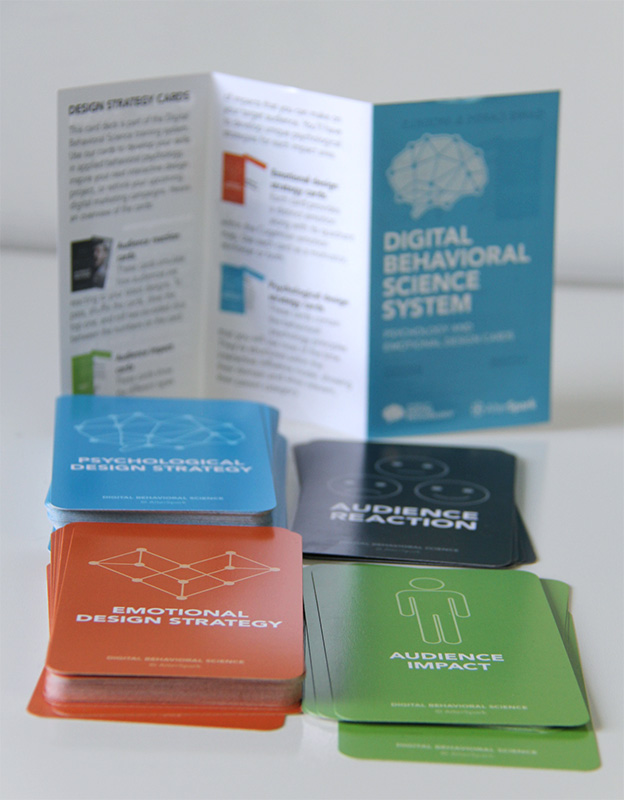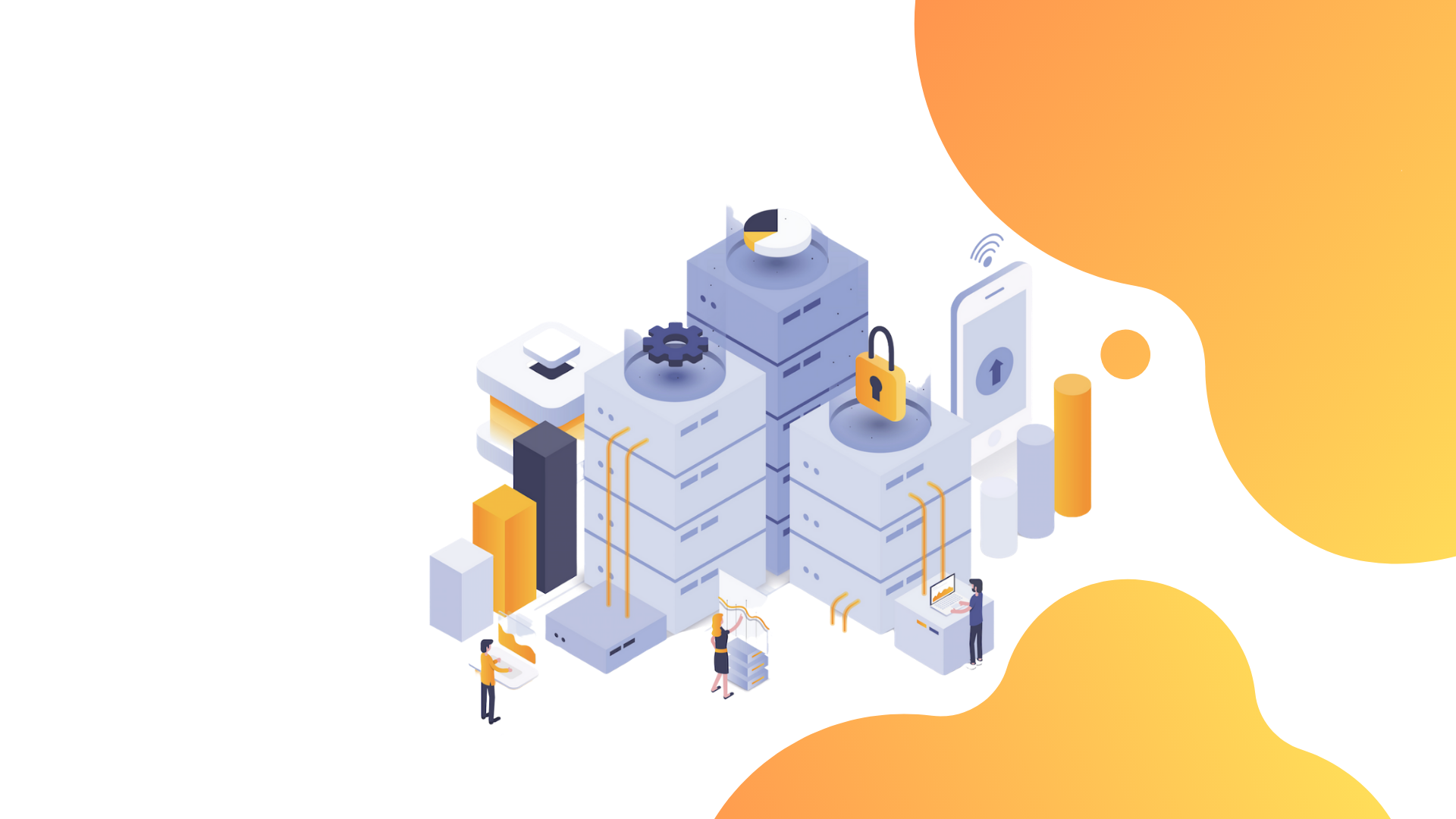Table Of Content

Now let’s reveal the glorious contents of the Behavioural Design toolbox. Inside is a collection of thinking tools which can be used as a starter kit for understanding and shaping long term behaviours. Many of the ideas have, and still are, utilised by the products and services that have become part of our lifestyles.
UX patterns to boost engagement and addictive design patterns to avoid
Helping you innovate, transform or grow levering insights from behavioural science in practice. Behavioral Design is a method for actively designing behavior and habits. The term ‘Simplicity’ signifies good usability or UX, but it is sometimes erroneously presented as unique to Behavioral Design.
Behavioural Designers research, prototype, test
Emergency Reserves For Goal Slack: Interview With Noom's Former Senior Director Of Product Management Jack ... - Forbes
Emergency Reserves For Goal Slack: Interview With Noom's Former Senior Director Of Product Management Jack ....
Posted: Mon, 25 Mar 2024 07:00:00 GMT [source]
However, these paths lead to doing important work, changing lives by changing people’s daily behavior. The college admissions process can be stressful, even for highly qualified students. To make it easier for students at the Rochester Institute of Technology, Orion Behavior Design Studios applied behavioral design to the redesign of the university’s website. The design team began with a series of interviews of prospective and current students and faculty.
Browse UX / UI Design Topics

The researchers will publish the first paper May 13 in the Proceedings of the ACM Web Conference 2024. There was a lot of conversation about data protection and accessibility before rules came into place that pressured businesses to take privacy and accessibility seriously, and what we’re seeing here with addictive design is no different. Addictive design will almost certainly become regulated and businesses that are slower to adapt will ultimately face more legal and technical challenges.
The COM-B Model
Child, Adolescent, and Adult Behavioral Health Services Center at Santa Clara Valley Medical Center: First Look - HCD ... - Healthcare Design
Child, Adolescent, and Adult Behavioral Health Services Center at Santa Clara Valley Medical Center: First Look - HCD ....
Posted: Wed, 20 Dec 2023 08:00:00 GMT [source]
Acting automatically and unconsciously to execute the bulk of the 35,000 decisions we make each day, it is responsible for an estimated 98 percent of all thinking. But with all that work to do, it takes shortcuts, and these snap judgments can be problematic when evaluating the implications of behavioral design. The first is to make sure new users are coming to the site and converting.
You’ll be surprised about how many thoughts and beliefs you hold are projections of your limited worldview onto the world of the target audience you want to influence. The world of interaction design is full of “dark patterns“, which are manipulative ways to present choices to us in such a way that they manipulate us into making a specific decision, whether we want it or not. So when we want to design behavior in Behavioral Design, we consider the heuristics explored by Kahneman and find ideas for the factors for behavior change described by BJ Fogg. Ten years ago, our Stanford research team coined the phrase "Behavior Design" while creating the Behavior Wizard project and 15 guides about behavior change.
In this field, you can incorporate behavioral methods as you design products that engage people and drive them to take action. Think about how many different products you engage with in a given day. The apps on your phone, your phone itself, your computer, your email client, your car, your Fitbit…the list is endless. Every one of those products motivates our behavior in some way and its usage is dependent on how our brain interprets the value and ease of its use. Which one will depend on the career path you choose for being a behavior designer, as detailed in the next section.
Personalized, Adaptive Action Plans: Interview With Dario Health's Former Chief Product Officer Eitan Shay
This approach ensures that users find value and satisfaction in their interactions, leading to increased loyalty and usage. Behavioral design strategies also include designing for habit formation, making the use of a product or service a regular part of the user's routine, thereby boosting engagement over the long term. Similarly, the importance of sustainment is increasingly recognized by implementation science [54]. Interventions from behavioral economics vary by duration of behavior change. For example, removing sludge or setting default options can influence behaviors repeatedly [14]. Implementation scientists drawing on the behavioral economics lens should consider which elements match the duration of behavior change sought.
The extent to which heuristics and biases impact behaviors is mediated by the environment. Implementation scientists have largely overlooked the impact of bounded rationality on decision-making [8, 33]. Clinicians are expected to change behavior as new practices or policies are introduced within their organizational contexts and patients are expected to adhere to relevant advice or medication. In other words, the fundamental assumption is that knowledge is a major mechanism of behavior change.
In the following Q&A, Mike Funderberg and Hunvey Chen of the Bernards + HOK design-build team discuss the 20-month transformation of a 500,000-sq.-ft. For the first time in one location, Los Angeles’ most vulnerable population can access services from a half dozen County departments, including mental health, public health and workforce development. In addition to offering a new model of integrated care, the Behavioral Health Center breathes new life into a historic public hospital that had been shuttered for over a decade. Behavioral science, he says, can uniquely help product leaders understand their customers. And once you understand the similarities and differences across users and even within users, you can start to personalize and adapt. Because users are not frozen in time, but ever-changing beings whose needs and preferences change over time and in different contexts.
Techniques such as points, badges, leaderboards and challenges can make the user experience more engaging and encourage continued use of a product or service. Once we have this deeper understanding, products can be tailored to meet the specific needs and preferences of users, increasing their relevance and effectiveness. Become a smarter professional by understanding how people make decisions and why people do things and why they don’t.
This approach is used across various domains, including product design, public policy, health, education, financial services and environmental sustainability, among others. Whereas EAST provides factors to consider, MINDSPACE gives a specific list of strategies. This more extensive typology lists simple nudges, such as incentives, norms, and defaults, that implementation scientists may consider when looking for ways to boost behavior change. In applying a behavioral economics lens, the implementation scientist might review the MINDSPACE framework to find an appropriate technique.

No comments:
Post a Comment